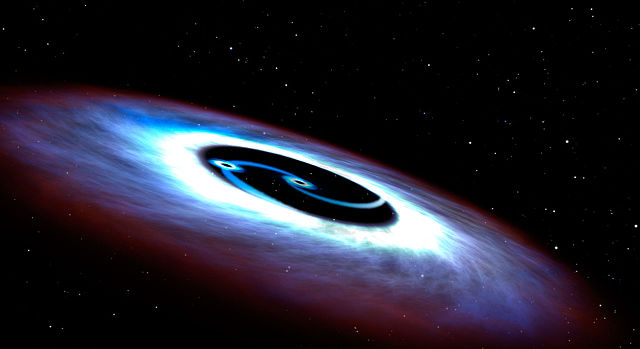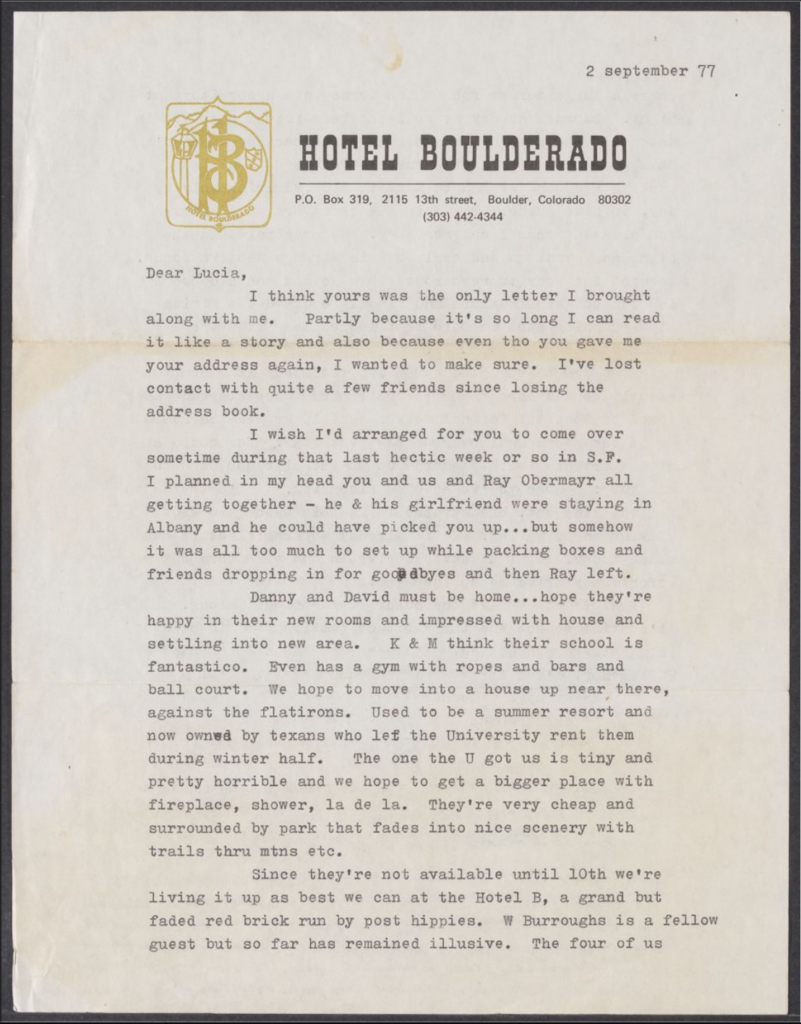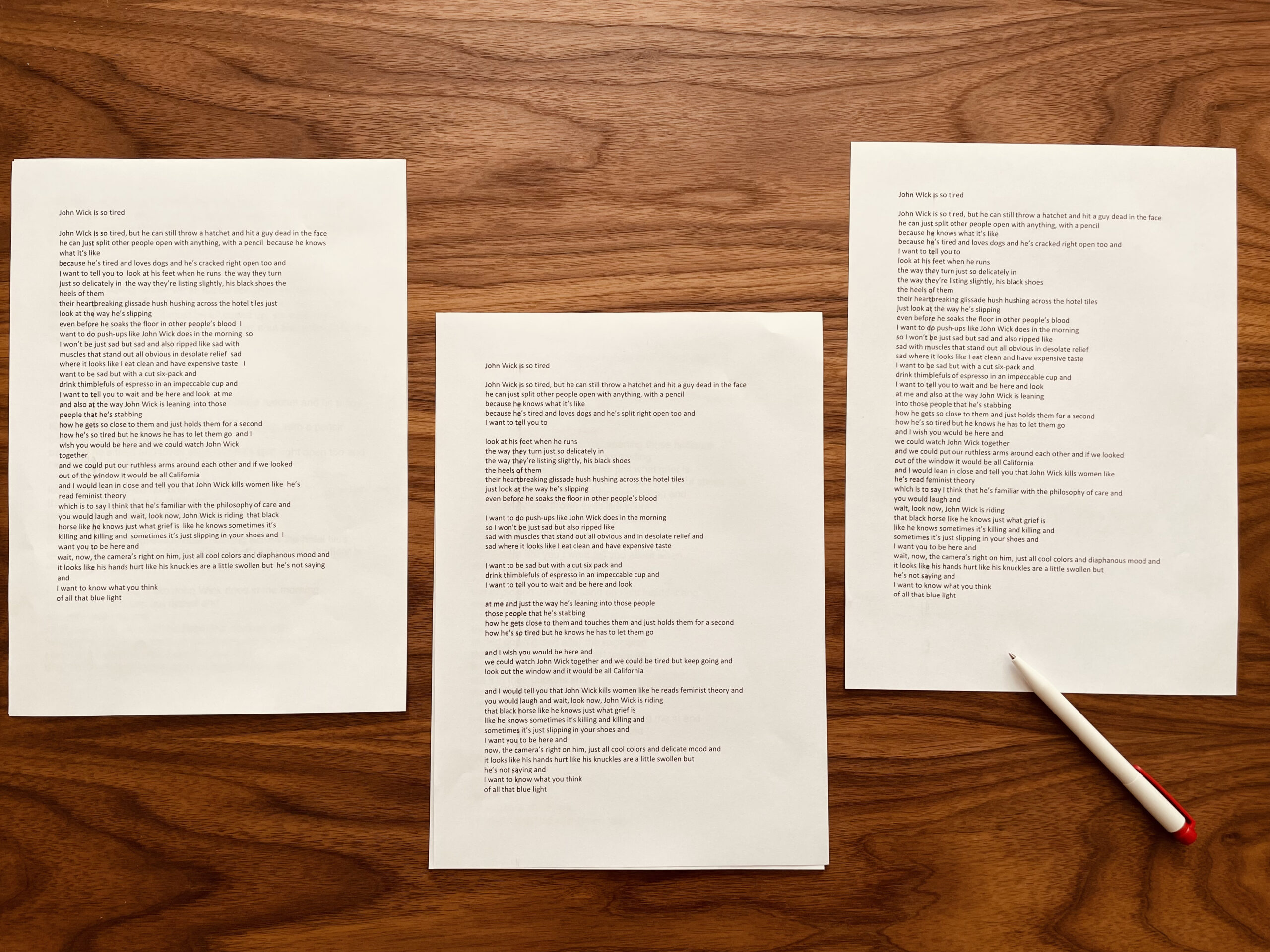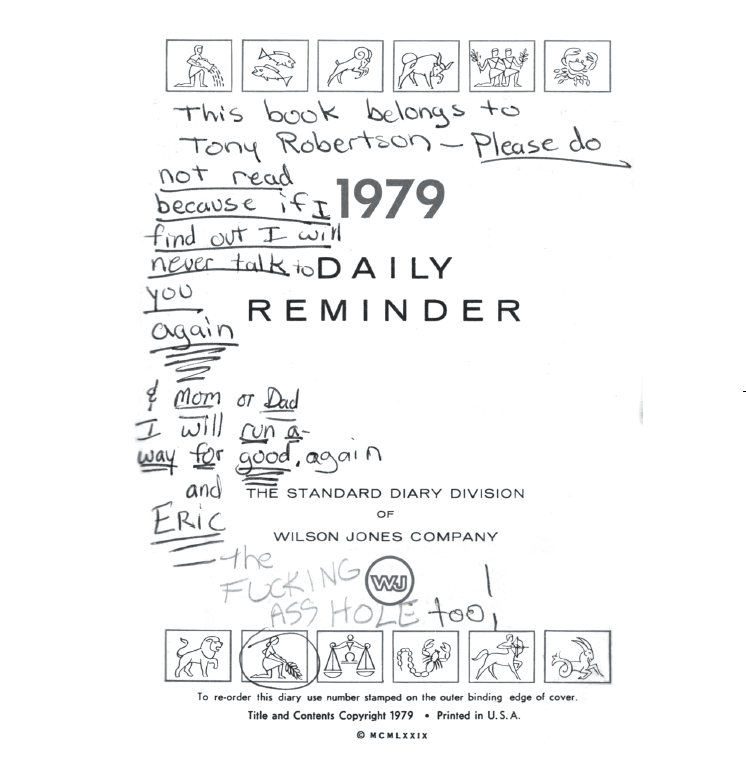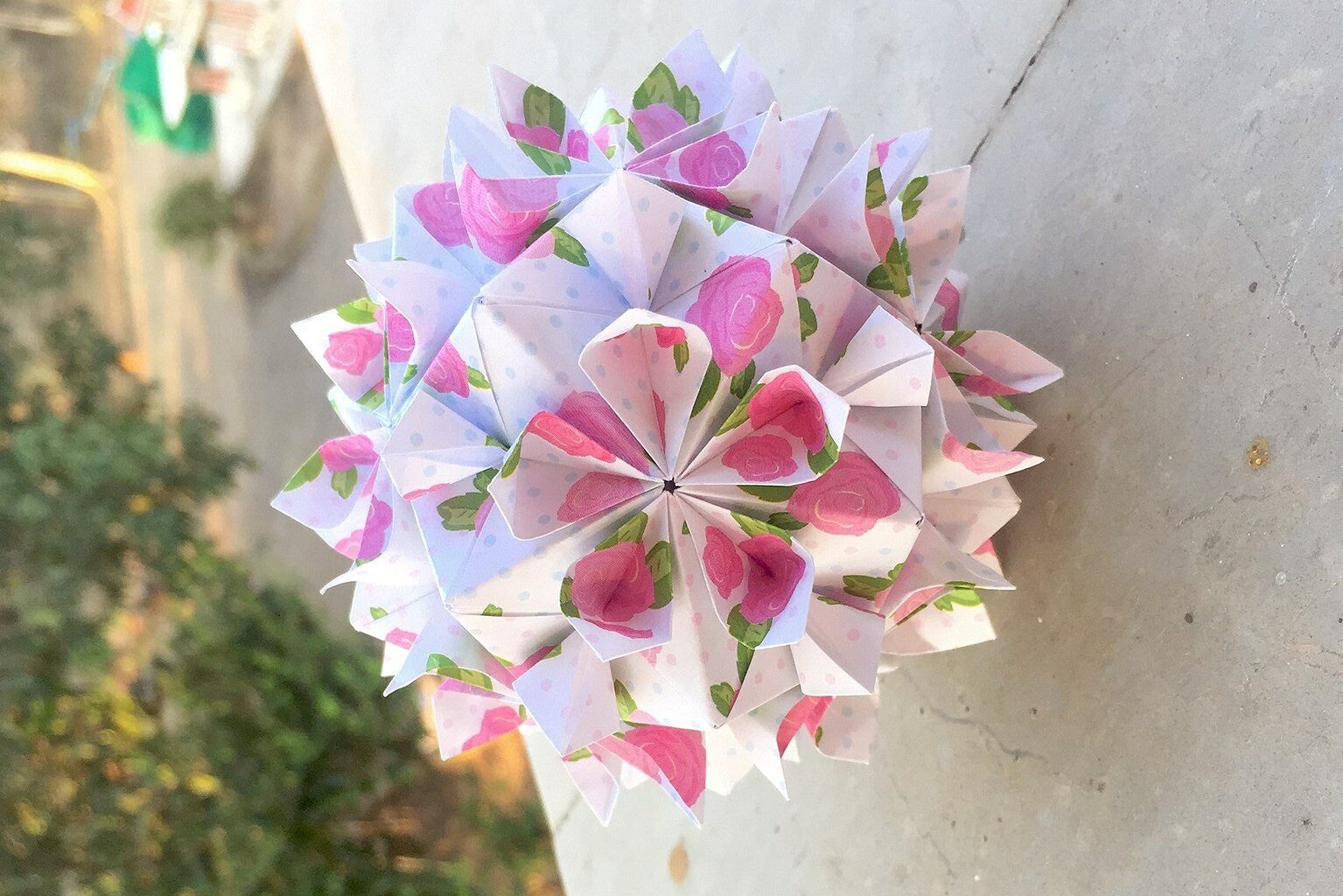We need better ways to describe romance novels — particularly in terms of sexual content. In terms of genres, sub-genres, and tropes, I think we’re set. Of course, there is sometimes some overlap or cross-genre mingling. But in general, if I pick up an enemies-to-lovers contemporary romance or a marriage of convenience historical romance, I know what I’m getting. However when it comes to romance novel descriptions that communicate how sexually explicit a romance novel is, I pretty much hate every term available. I dislike them on a gut level. But I also find most of these terms pretty confusing.
And I don’t think I’m alone. I constantly see romance readers upset because a book they read had more sex than they wanted or not as much sex as they wanted. And a lot of times, both sides can blame the book or the author instead of our inability to correctly categorize and communicate about romance novels. I think this is what’s also behind the frustration some readers have of the dominance of illustrated covers (although that’s another story for another article). Readers want to know what kind of book they have before they start reading and don’t want to feel tricked.
Categorizing books based on sexual content isn’t as simple as separating genres or tropes. Gatekeepers and readers alike often rate queer romances or romances by authors of color as more sexually explicit than books featuring comparable writing by straight, white romance authors. So finding a universal rating system we can all agree on would both be impossible and potentially harmful. But even though I have read (and enjoyed!) romances ranging from a librarian romance with no sex to a monster romance with a dragon man who has more than one penis…I think it’s fair to want to know what end of the spectrum your next read is going to be on. And I personally cringe when I see romance novels described as hot or sweet or dirty. Let’s break down some of the problems with these terms.
Clean and Dirty Romance Novels
Clean romance makes me wince every single time I read it. It means that there is no sex on the page and possibly just no sex at all happening in the story. But calling no sex “clean” is such judgmental, purity culture bologna. I kind of getting the reclaiming of dirty in romance novels as in dirty talk. But ultimately, clean is still seen as good and dirty is seen as bad. I don’t see anything bad or dirty about sex or wanting to read books with sex on the page. So this one just gets a big pass from me.
Sweet Romance
Sweet romance is a slightly more palatable descriptor of romance novels for me, but I still don’t like it or consider it precise enough to be useful. It’s pretty similar to calling something a “clean” romance in that there isn’t going to sex on the page. “Sweet” romance also seems to be often used for inspirational or Christian romance novels.
Copyright
© Book Riot



